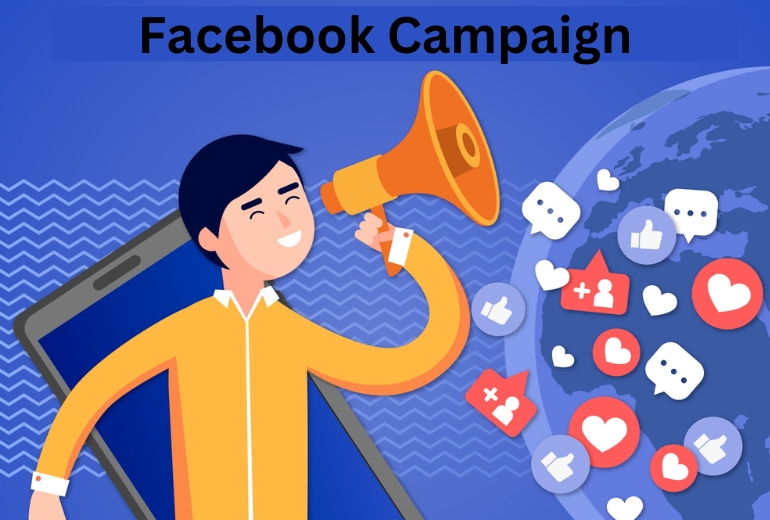Now that you've laid the groundwork for strong
Facebook ads, we can look at different strategies you might want to use in your
advertising. Depending on which audiences you choose to target, they may not
match. Be sure to keep all the audience research you've done in mind when
considering these options.
1. Combine Facebook Ads with Content
Marketing
Many businesses make the mistake of targeting
warm leads with ads designed to convert them into paying customers. You know
better. You know the hot lead isn't ready to buy from you yet. Instead of
turning them off with direct sales pitches, give them useful content that
answers their questions and solves their pain points. It should be short,
interesting and valuable. Please be patient. Eventually, you will turn those
warm leads into customers.
How to do that?
• Create content.
• Share the content on Facebook.
• Ask your team members (and maybe some
friends) to like and share. post.
• Boost your Facebook post to reach a wider
audience
2. Use giveaways and contests
Facebook contests don't have to be limited to
sales. Instead, you can offer a potentially valuable reward to build brand
awareness that will pay off in the long run with new leads into your sales
pipeline. Before participating in a contest or sweepstakes strategy, please
review Facebook's policies and make sure you are not violating any of its
rules.
3. Use Lead Ads to Build Your Marketing
List
A large Facebook following is great, but
Facebook "owns" your contacts. If they decide to change their
algorithm or stop, you will lose access to those people. Creating a lead
magnet, such as a free e-book or course, and then running an ad to the lead
will help you build a marketing list. Consumers can enter their email address
directly into Facebook for a free gift (no extra steps or scrubbing if you
might lose them). You can then add their email address to your marketing list
and include them in your email marketing campaigns in the future.
4. Include Video Ads
If you've been running ads for a while and
aren't seeing the revenue you want, or you're new to Facebook ads and want to
try a few different options and see what works best for your situation, video
ads can be exactly what you are looking for. Not only do people love videos, they
also have the lowest effective cost per click (eCPC) of any ad type. Need an
even sweeter deal? Adobe found that "shoppers who watch a video are 1.81
times more likely to make a purchase than those who don't make a purchase.
5. Create Facebook and Google Ads
Although many marketers see these platforms as
separate, Facebook and Google can be quite complementary. Well, Your strategy
will again depend on your campaign goals and target audience. For example,
someone looking for a specific product, like a new computer, is probably ready
to buy and still researching their options. Using the right keywords and
creating Google ads around them can be a better option than targeting warm
leads on Facebook to create brand awareness.
6. Take advantage of Facebook mobile ads
Is your website or landing page optimized for
mobile before proceeding? This means that users will have a positive viewing
experience regardless of the device they are using. If your website is not
configured for this, you are not ready for mobile advertising. Despite the fact
that 94% of Facebook's ad revenue came from mobile devices, you're throwing
money out the proverbial window if you send potential customers to a website
that frustrates them. If you use Facebook for your business, be sure to connect
your social media platform to your HubSpot account for easy planning and
easy-to-read reports.
conclusion
When it comes time to
plan your Facebook advertising strategy, the most important thing. it's better
to understand your audience. All the fancy strategies and new tricks won't help
if you don't know who you're selling to and how close they are to buying. Spend
time getting to know your ideal customer, who they are, what they do and what
they want. By understanding where your prospects are in their buying journey,
you can better guide them to purchase your product.






